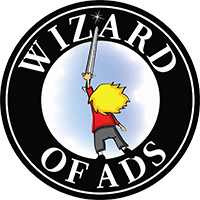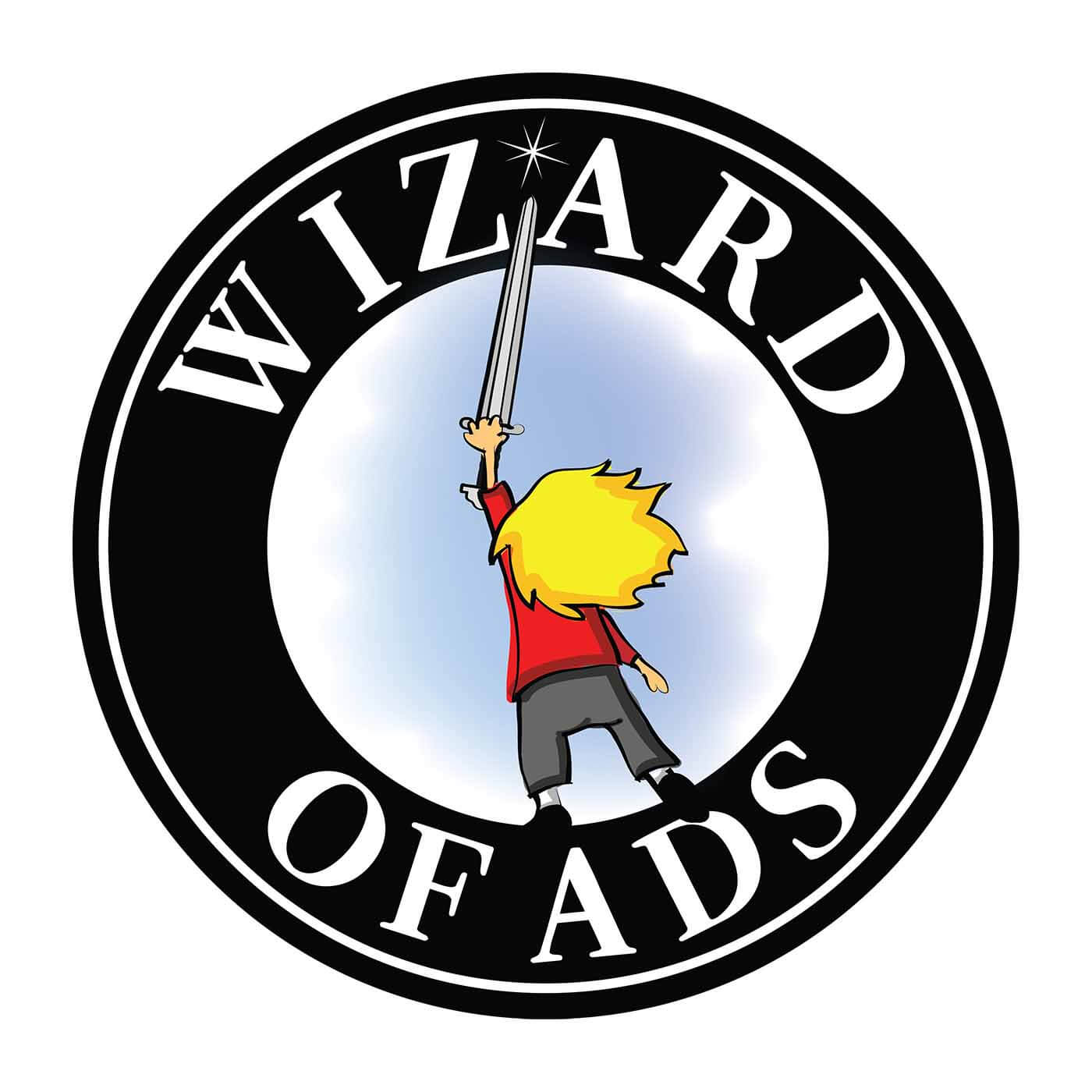full
How to Win in Business
The great game of BUSINESS does not come with an instruction manual.
The assumption of most players is that Customer Acquisition – lead generation – sales opportunities – is how you win the game.
But the understanding of a Highly Skilled Player goes 2 levels deeper:
- Customer Acquisition (lead gen)
- Conversion (closing the sale)
- Remove the Friction (from the buying experience)
Highly Skilled Players understand that exponential growth is unleashed by improving the conversion rate. Big differences in top-line sales and bottom-line profits flow from small improvements in Conversion.
Highly Skilled Players are usually successful, but the Master Players – the paradigm shifters – the system disruptors – the Kings and Queens of their Categories – turn this Highly Skilled Order of Operations upside down.
This is the methodology of every Master Player:
- Remove the Friction
- Customer Acquisition
- Conversion
Without exception, every one of the 26 Mammoth Successes in which I have played a part was triggered by Removing the Friction.
When you remove the friction, you differentiate yourself in a profound and meaningful way. Customer Acquisition accelerates and Conversion Rate climbs.
The friction in your customer’s Buying Experience is hard to see, but you can feel it in the reluctance of your customer.
A customer survey will only add to your confusion because customers cannot consciously tell you what they subconsciously feel. You will read the results of your survey, do what your customers told you they wanted, but it won’t help you in the slightest.
Let’s review:
- You need to remove the friction that creates Customer Reluctance.
- This is felt as a lack of sales opportunities, but you cannot identify the cause.
- Because it is subconscious, not even your customers can tell you the cause.
Wait. It gets worse.
When you were a kid, did you ever call “dibs”? If there was only one piece of cake and you wanted the right to eat that cake, you would call “dibs” on it. You had a preference and you wanted to impose that preference on others before they could impose their preference on you.
Now that you are an adult, there is a new kind of DIBs – Data Information Bias – and it is far more costly than the loss of a piece of cake.
I have a client who was successful long before they met me, but their Data Information Bias was impeding their ability to jump to a higher level. I recognized their DIBs when they told me to write ads that would drive sales opportunities to the telephone. Their data clearly indicated their conversion rate was much higher on the telephone than on their website.
I said, “You have an extraverted sales assumption, a preference for listening and talking rather than reading and writing. And you assume that everyone else is like you. But it isn’t true. Your data isn’t telling you to drive your customers to the telephones, it is telling you to fix your website.”
They believed me. They fixed it. And their sales volume doubled. Then we doubled the double by removing the friction in their mass media. That company is now approaching 10x the sales volume and profitability that was previously considered “successful.”
You have already told yourself that you would have interpreted their data correctly. Am I right?
Perhaps you would have. But that company’s data isn’t what is holding you back. Your own data and your own Data Information Bias is holding you back, but you can’t see it because it is hiding in your blind spot.
If you knew it was there, they wouldn’t call it a blind spot.
This last little bit that I am going to tell you – if I can figure out how to communicate it clearly – will resolve the final two mysteries that are lingering in your mind.
If I am correct, you are wondering:
- “Why can’t the customer articulate their subconscious reluctance? I believe I could do it.”
- “If I am honest and sincere and open-minded, what could possibly keep me from seeing what is supposedly hiding in my blind spot?”
Fear and Pride are the answers to both of those questions.
- Every form of Customer Reluctance is built upon a subconscious fear. We are too proud to admit – even to ourselves – that we are fearful, so we tell ourselves a convenient lie so that we don’t have to admit we are afraid. We believe this lie, so this is the lie that we report to you in your Customer Survey.
- To see what is hiding in your blind spot, you will have to alter one of your fundamental beliefs about how the world works. Your fundamental beliefs underlie your operating system, your worldview. You and I are exactly alike. Our pride causes us to have a deep, natural aversion to learning that we may have been wrong all along.
Here is one example that might help you understand the depth and pervasiveness of the typical blind spot: If a person believes that “money makes the world go ’round” and that we can always find the truth if we “follow the money,” they will also believe that everyone evaluates each other based on their incomes. They see proof of that belief everywhere they look, because we see what we are looking for.
Their belief in money as the primary motivator causes them to create a generous pay plan for their employees. They then find success by:
(A.) lowering their prices to attract more customers, or
(B.) offering a discount or rebate to attract more customers, or
(C.) raising their prices to create a “prestige brand” like Rolex or Tiffany or Ferrari.
Their solutions to problems will always begin with the assumption that money is the primary motivator. And this deep, instinctive belief about “how the world works” will be correct enough to bring them a meaningful degree of success. But hiding in their blind spot will be a huge number of employees they can’t hire, and a large number of customers they can’t attract. These are people for whom money is not the primary motivator.
A belief in money as the primary motivator is just ONE of the many fundamental beliefs that can form a worldview, and with it, the blind spots that can keep you from getting to the next level.
Every blind spot is the result of a deep, instinctive belief you trust unconditionally. You trust it because it brought you the success you currently enjoy.
But if the growth of your business has flattened out,
it is probably an instinctive belief that is holding you back.
It got you to where you are.
But it won’t take you to the next level.
Is your hunger for growth strong enough
to cause you to listen to things
you would rather not hear?
Aroo,
Roy H. Williams
NOTE: The business owner who believed “money is the primary motivator” unconsciously targeted the low-profit Transactional customer in his A & B options, gaining the high-profit Relational customer only in option C. We’ll talk more about this in the rabbit hole.
– Indy Beagle

